1. Understand project requirements:
First, you need to identify the specific needs of your project. Consider the following questions:
Transmission distance: How far do you need to run your fiber optic cable?
Bandwidth requirements: How much bandwidth does your project require to support data transfer?
Environmental conditions: Under what environmental conditions will the optical cable be laid, such as underground, surface, submarine or other special environments?
Security needs: Do you need highly secure fiber optic cables to protect sensitive data?
2. Select fiber optic cable type:
Select the appropriate fiber optic cable type based on project needs:
Single-mode optical cable: Suitable for long-distance transmission, with small transmission loss, usually used for inter-city or international communication.
Multimode optical cable: Suitable for short-distance transmission, usually used within data centers or local area networks.
Special application optical cable: If your project needs to be used in special environments, such as high temperature, low temperature, sea water, etc., choose special application optical cable.
3. Select Underground Fiber Cable Specifications:
Select the appropriate fiber optic cable specifications, including the number of cores and outer diameter of the fiber:
Fiber core number: The core number indicates the number of optical fibers in the optical cable. More fiber cores mean greater bandwidth and data capacity, but may also increase costs.
Optical cable outer diameter: The outer diameter determines the flexibility and tensile strength of the optical cable. Larger diameter fiber optic cables are generally more durable but may be more difficult to install.
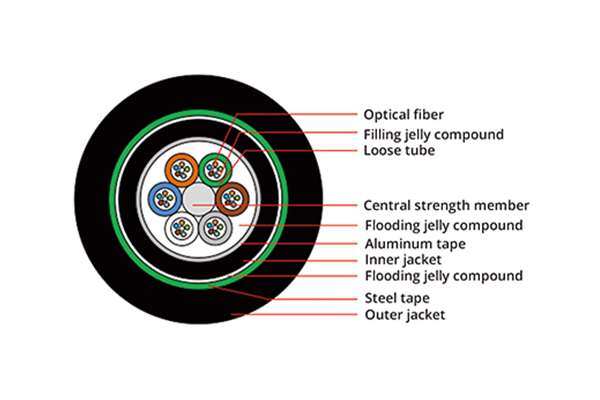 |
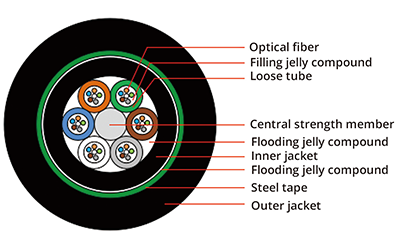 |
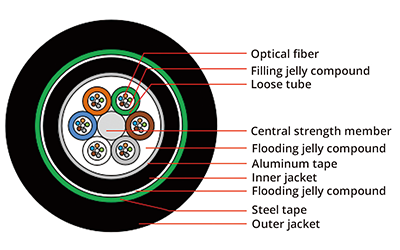 |
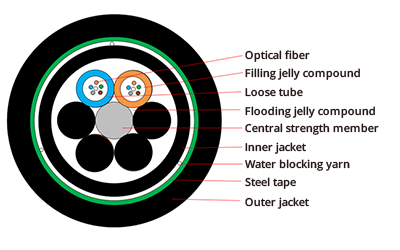 |
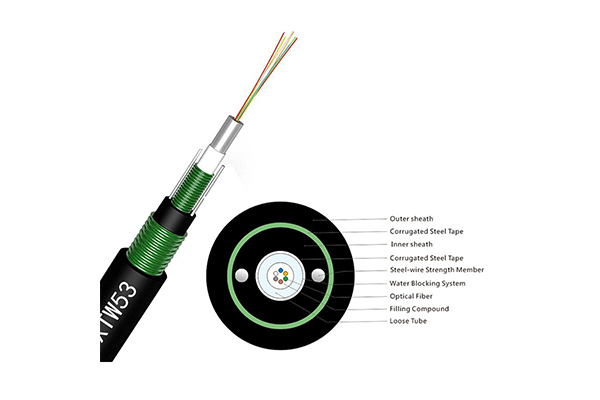 |
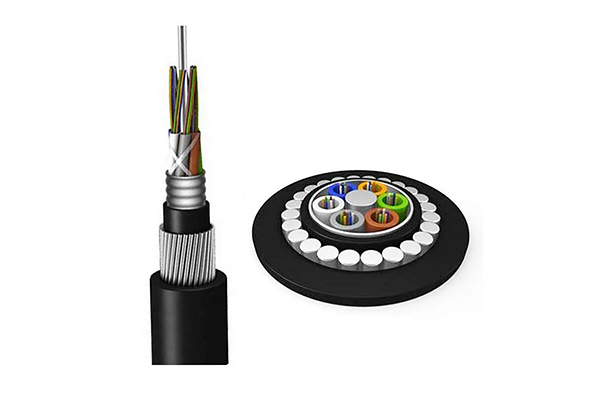 |
4. Consider fiber optic cable protection:
To ensure the long-term reliability of your fiber optic cables, consider adding a protective layer to your fiber optic cables:
Sheath materials: Different sheath materials are suitable for different environmental conditions. For example, PE (polyethylene) sheathing is suitable for underground burial, while PUR (polyurethane) sheathing is suitable for outdoor use.
Waterproof and Corrosion Resistant: If the fiber optic cable will be used in a humid or corrosive environment, choose a fiber optic cable with good waterproof and corrosion resistance.
5. Consider future expansion:
When choosing fiber optic cable, consider future expansion needs. Choose fiber optic cables with the appropriate bandwidth and fiber core count so that you don't have to replace your fiber optic cables if your data transmission needs increase in the future.
6. Refer to professional advice:
Finally, if you are not sure how to choose the type and specification of underground optical cable, please consult a professional optical cable supplier or engineer. They can provide customized recommendations based on project needs, ensuring your selection meets performance and reliability requirements.
In summary, the correct selection of the type and specification of underground fiber optic cable is critical to the success of the project. By understanding your project needs, selecting the appropriate type and size, and considering cable protection and future expansion, you can ensure that your underground fiber optic cable system will perform well over the long term, providing a reliable foundation for communications and data transmission.

